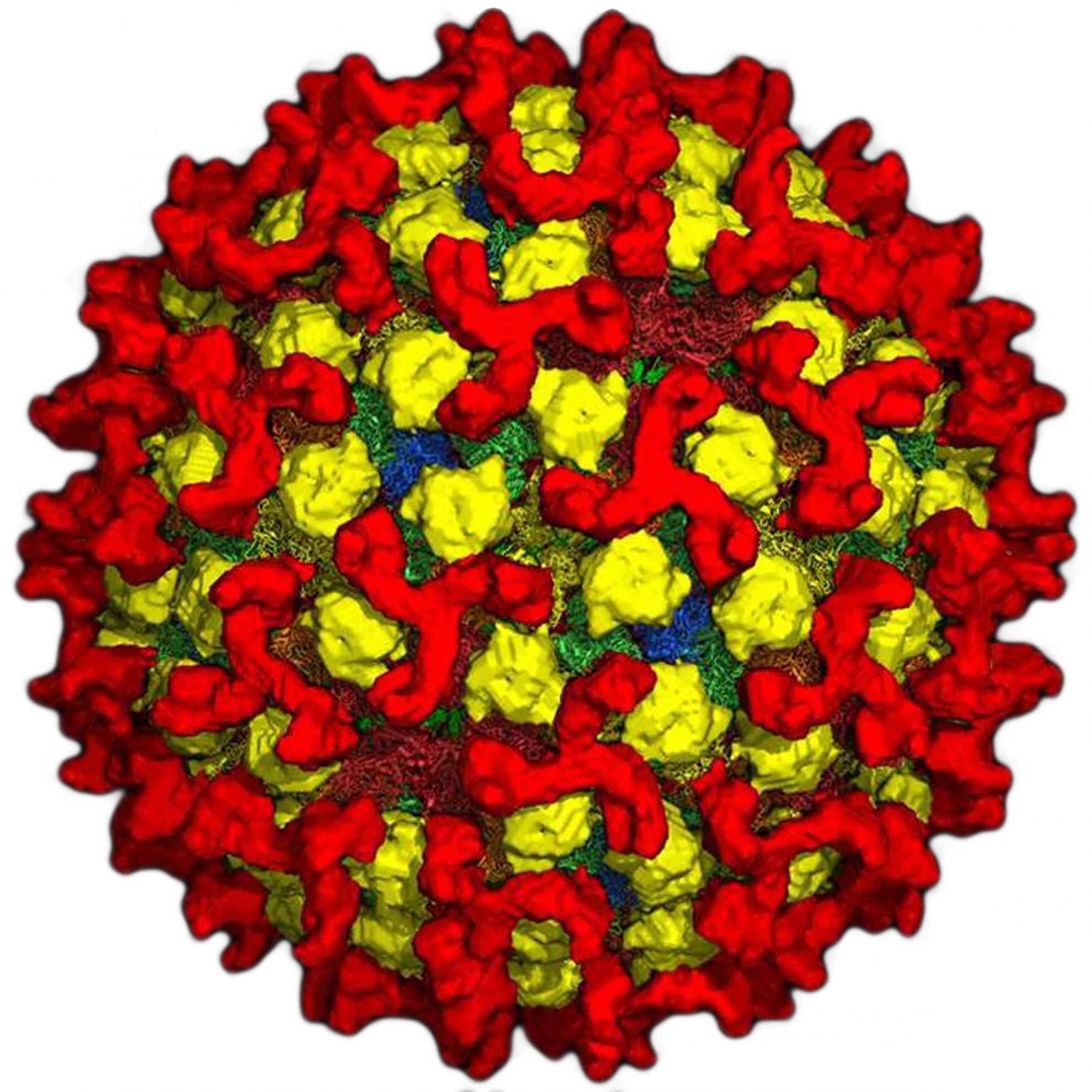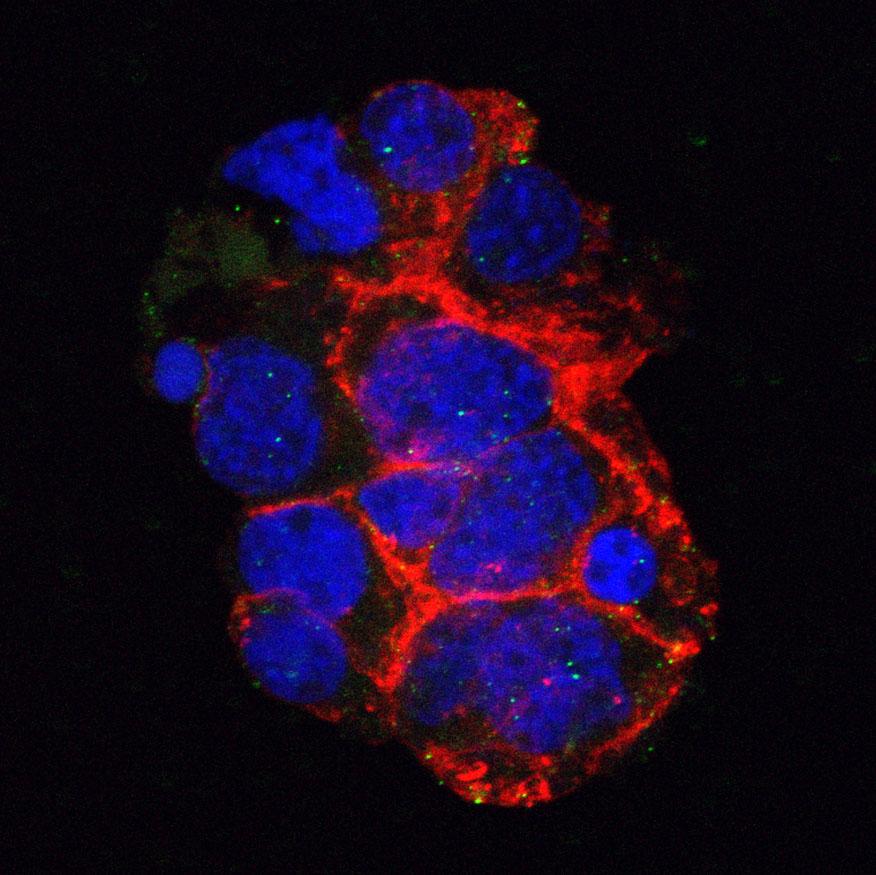Detection of lumpy skin disease virus in saliva of ticks fed on lumpy skin disease virus-infected cattle
Lumpy skin disease is an economically important disease of cattle that is caused by the lumpy skin disease virus (LSDV), which belongs to the genus Capripoxvirus. It is endemic in Africa and outbreaks have also been reported in the Middle-East. Transmission has mostly been associated with blood-feeding insects but recently, the authors have demonstrated mechanical transmission by Rhipicephalus appendiculatus as well as mechanical/intrastadial and transstadial transmission by Amblyomma hebraeum. Saliva is the medium of transmission of pathogens transmitted by biting arthropods and, simultaneously, it potentiates infection in the vertebrate host. This study aimed to detect LSDV in saliva of A. hebraeum and R. appendiculatus adult ticks fed, as nymphs or as adults, on LSDV-infected animals, thereby also demonstrating transstadial or mechanical/intrastadial passage of the virus in these ticks. Saliva samples were tested for LSDV by real-time PCR and virus isolation. Supernatants obtained from virus isolation were further tested by real-time PCR to confirm that the cytopathic effects observed were due to LSDV. Lumpy skin disease virus was detected, for the first time, in saliva samples of both A. hebraeum and R. appendiculatus ticks. At the same time, mechanical/intrastadial and transstadial passage of the virus was demonstrated and confirmed in R. appendiculatus and A. hebraeum.
Back to publications

